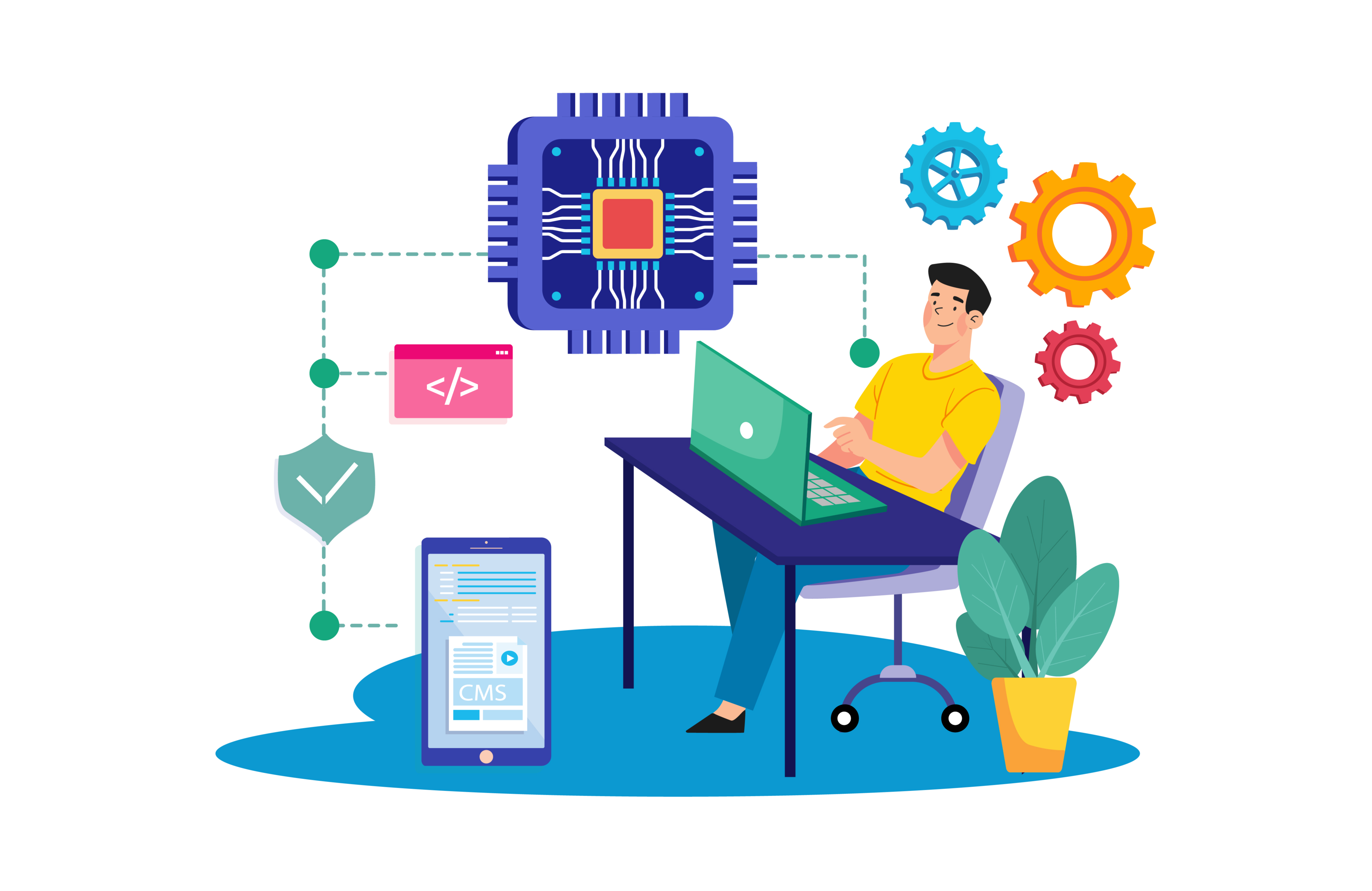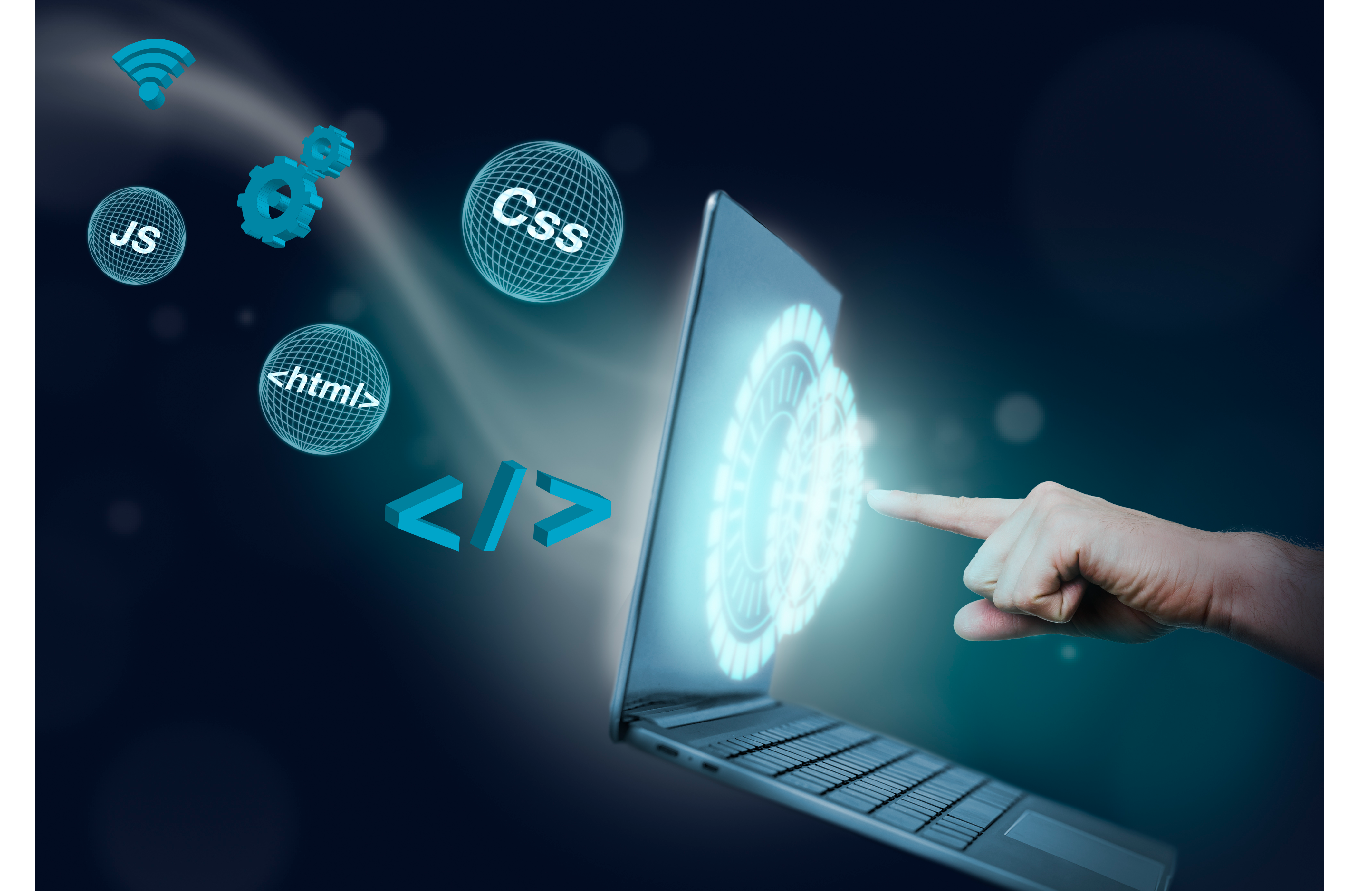


The first embedded system was developed over 50 years ago. Today, embedded systems surround us at every turn, and are also an important part of the development of Internet of Things (IoT) devices. Developing embedded software has its own subtleties and complexities though. Read on to learn more about the concept and creation of these systems.
Embedded software is a system that is created and built into any device other than a traditional computer. It is the brain of the device, without which it is just a piece of useless equipment.
The simplest of the embedded software examples is a traditional calculator that was used before this feature was built into smartphones. Another simple example is a TV remote control or a digital camera. Embedded systems power them all.
You might ask “is an embedded system about software development?” The answer is not always. Sometimes the term firmware is also used for simpler devices such as those listed above.
However, embedded technologies can be much more complex than your coffee machine. Here are some more innovative examples:
Most embedded systems need hardware and software to work. It also needs an operating system to control the software, so an embedded system comprises three layers.
1. Hardware, which comprises:
2. Software. Embedded software development means creating machine code using specific programming languages such as C and C++.
3. Embedded operating system. Embedded software development requires a Real-Time Operating System.
Embedded software engineers use different tools to program and design these solutions. Here are the main ones:
Embedded software is at the core of popular and rapidly evolving IoT devices. However, there are some challenges that are specific to embedded software development and the Internet of Things as well.
Manufacturers who are not already developing embedded software will be soon. Taking the challenges above into account, you may need a reliable development partner to support you on the way.
Ninos It Solution technical team knows how to develop top-notch solutions for the automotive industry, the healthcare sector, and other niche areas where embedded software is widely used. If you’re considering developing or integrating with embedded software, speak to a Ninos It Solution development company expert today.

2 December 2025

24 November 2025

21 November 2025

17 November 2025

14 November 2025

D-U-N-S Number : 860501484
© 2023 ALL RIGHTS RESERVED. DESIGNED BY NINOS IT SOLUTION DEVELOPED BY ECPHASIS INFOTECH